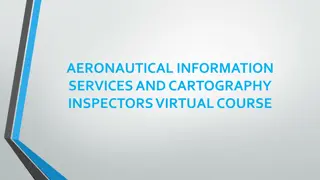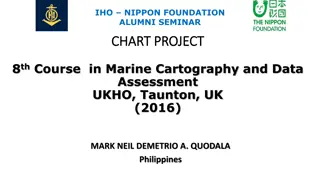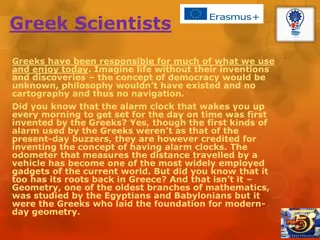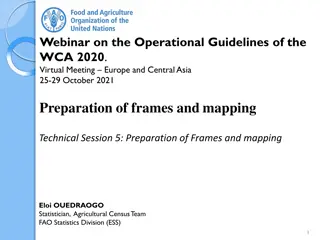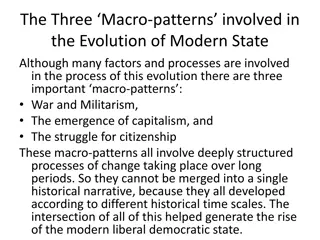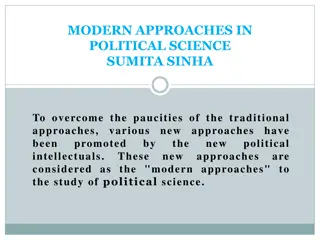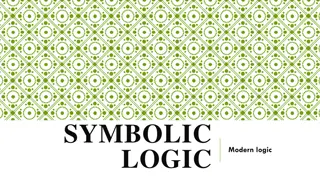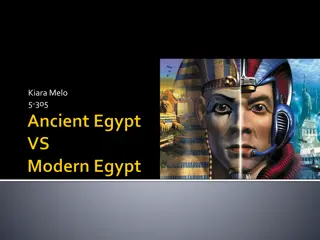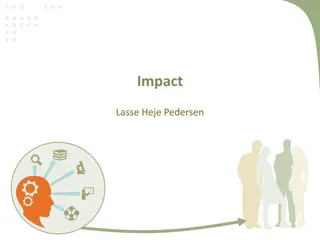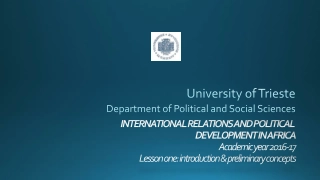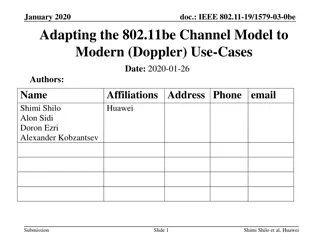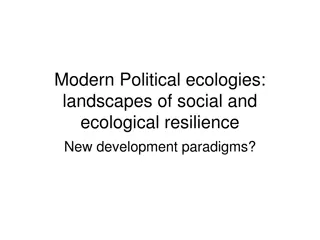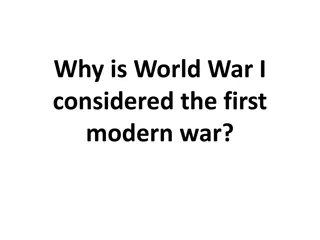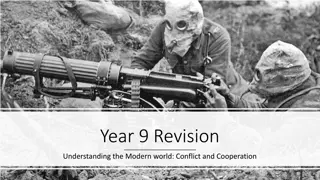
The Impact of Sanson D’abbeville on Modern Cartography
Discover how Sanson Du2019abbeville revolutionized map-making. Explore his lasting influence on today's cartography practices and techniques.
Download Presentation

Please find below an Image/Link to download the presentation.
The content on the website is provided AS IS for your information and personal use only. It may not be sold, licensed, or shared on other websites without obtaining consent from the author. Download presentation by click this link. If you encounter any issues during the download, it is possible that the publisher has removed the file from their server.
E N D
Presentation Transcript
The Impact of Sanson Dabbeville on Modern Cartography In the grand cartographic history around the world, few names shine as brightly as Nicolas Sanson d'Abbeville. Born in Abbeville, France, in 1600, Sanson would go on to revolutionize the art and science of mapmaking, earning him the title "Father of French Cartography." His influence extended far beyond the borders of France, shaping the very foundations of modern cartography and geographical understanding. His meticulous approach to accuracy and his innovative methods of geographical representation set new standards for mapmakers across Europe and beyond. His work not only reflected the expanding knowledge of the world in the 17th century but also played a crucial role in shaping how future generations would perceive and interact with geographical information. Early Life and Education Nicolas Sanson, later known as Sanson D'abbeville, grew up in a time of great exploration and discovery. The world was expanding rapidly in the European
consciousness, and maps were becoming increasingly important tools for navigation, trade, and territorial claims. Sanson showed an early aptitude for geography and mathematics He studied at the Jesuit College in Amiens, where he honed his skills in these disciplines By his early twenties, Sanson had already begun creating maps that would catch the attention of influential figures Read More Articles: Top 10 Most Iconic Birds Featured in 'The Birds of America' The Rise of a Cartographic Genius Sanson's career took a significant turn when he moved to Paris in the 1620s. The French capital was a hub of intellectual and artistic activity, providing the perfect environment for Sanson to flourish. In 1627, Sanson created a map of ancient Gaul that impressed King Louis XIII. This royal connection would prove crucial for Sanson's future success By 1630, he had been appointed as one of the king's geographers, a prestigious position that gave him access to the latest geographical information Sanson's approach to cartography was revolutionary for his time. He emphasized accuracy and scientific rigor, moving away from the more decorative and sometimes fanciful maps of the previous century. This shift would have a profound impact on the development of cartography as a serious scientific discipline. Key Innovations and Contributions Sanson D'abbeville's impact on cartography was multifaceted, encompassing both technical innovations and conceptual advancements. 1. Precision in Map Projections Sanson introduced new map projections that improved the accuracy of geographical representations. They became widely used and influenced later cartographers for centuries.
He developed the "Sanson-Flamsteed projection," a sinusoidal equal-area projection [1] This projection minimized distortions, especially for maps of large land masses. 2. Standardization of Geographical Information One of his most significant contributions was his effort to standardize geographical information: He established consistent naming conventions for places and features Sanson introduced a more systematic approach to depicting political boundaries His work laid the groundwork for more uniform and internationally recognized mapping standards 3. Incorporation of Historical and Cultural Data Sanson believed that maps should do more than just show physical geography: He integrated historical and cultural information into his maps This approach provided context and depth to geographical understanding It influenced the development of thematic mapping in later centuries 4. Atlas Production Sanson's atlases were groundbreaking in their scope and accuracy: His "Cartes g n rales de toutes les parties du monde" (1654) was a landmark publication He produced numerous regional atlases that set new standards for geographical detail 5. Influence on French Cartographic Dominance His work catapulted France to the forefront of cartography in the 17th century: He established a cartographic dynasty, with his sons and grandsons continuing his work His methods and style were adopted by other French cartographers This led to a period of French dominance in European cartography that lasted for decades. Read More Articles: The Enduring Legacy of John James Audubon's The Birds of America
Legacy and Long-term Impact The influence of Sanson D'abbeville on modern cartography cannot be overstated. His work laid the foundation for many aspects of mapmaking that we take for granted today: Emphasis on accuracy and scientific rigor in geographical representations Integration of diverse data sets (physical, political, historical) in maps Standardization of cartographic conventions Sanson's approach was carried forward by his sons and grandsons, as well as by other cartographers who were inspired by his work. Notable successors include: Guillaume Delisle, who further refined Sanson's methods Jean-Baptiste Bourguignon d'Anville, who continued the tradition of scientific cartography The ripple effects of Sanson's innovations can be seen in various fields: Navigation and Exploration More accurate maps led to safer and more efficient sea voyages. Improved understanding of global geography facilitated further exploration Political and Territorial Administration Sanson's clear depiction of boundaries aided in territorial governance His maps became important tools in diplomatic negotiations Education and Public Understanding Sanson's atlases and maps improved general geographic knowledge They fostered a more accurate global perspective among the educated public Scientific Development The emphasis on accuracy in cartography spurred advancements in related fields like astronomy and geodesy. It contributed to the broader scientific revolution of the 17th and 18th centuries. Cartographic Revolution: Sanson's Lasting Imprint Nicolas Sanson d'Abbeville stands as a towering figure in the history of cartography. His story reminds us that maps are more than mere representations of physical space. They are powerful tools for understanding our world, shaping our perceptions, and guiding our explorations. In an era of rapid technological change and global challenges, the
principles of accuracy, clarity, and comprehensive representation that Sanson championed remain as relevant as ever. Visit Arader Books for a fascinating world of historical cartography. Our collection features exquisite reproductions of maps by Nicolas Sanson d'Abbeville and other cartographic pioneers. Whether you're a history enthusiast or simply appreciate the art of cartography, we offer a window into the evolution of our understanding of the world. Site Article: The Impact of Sanson D'abbeville on Modern Cartography

